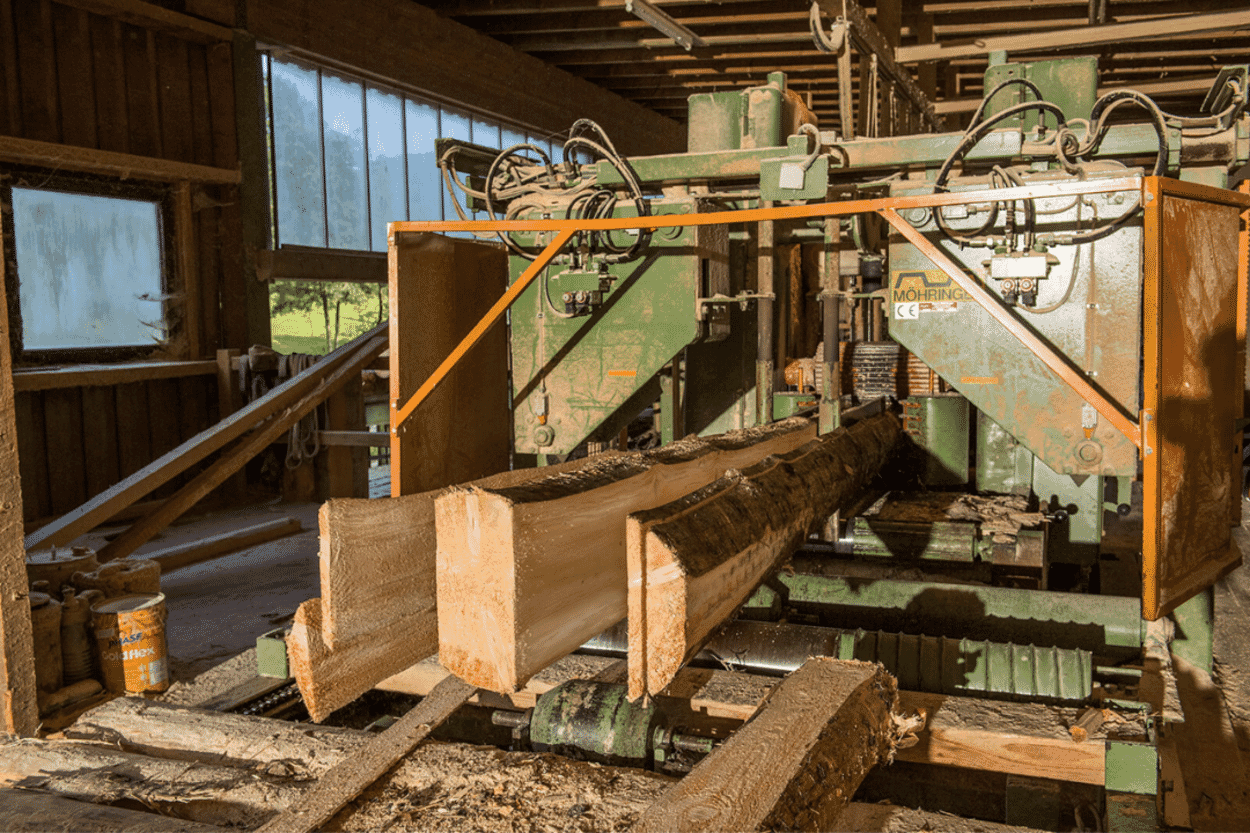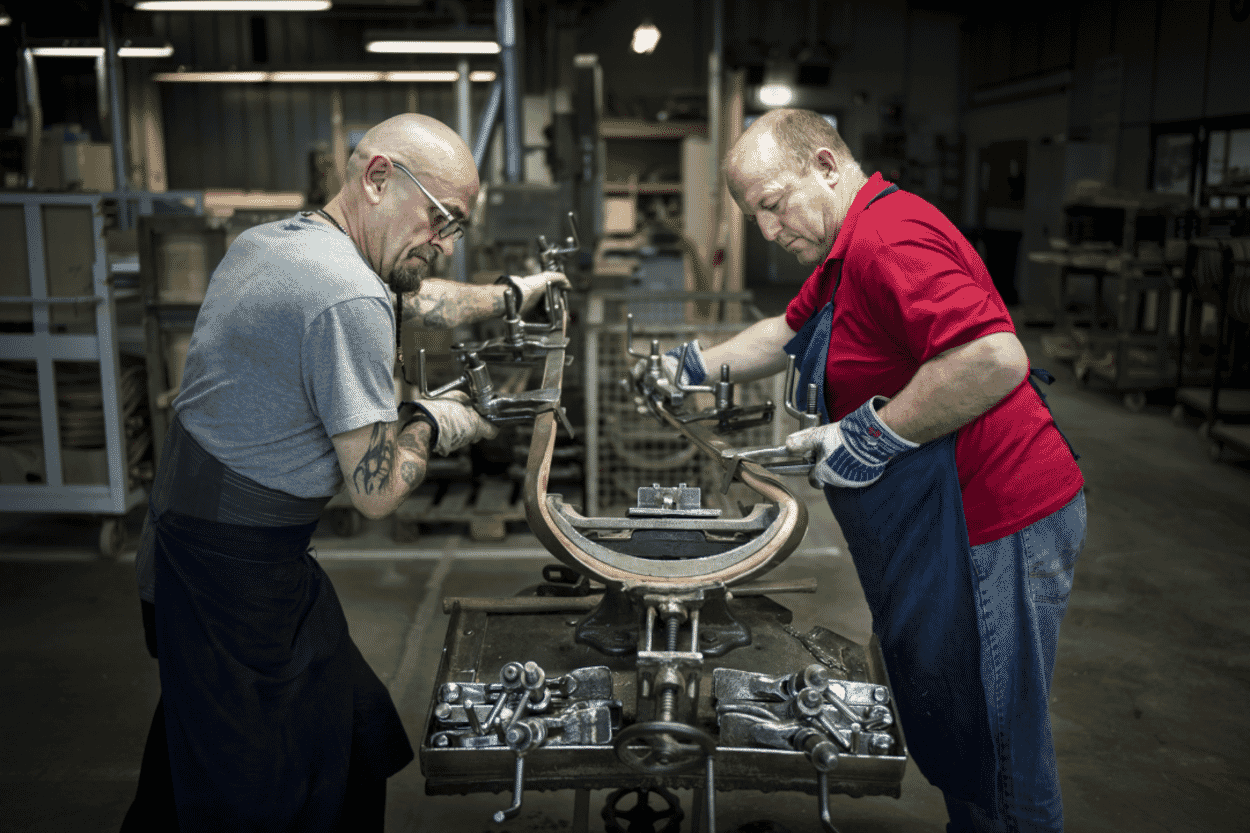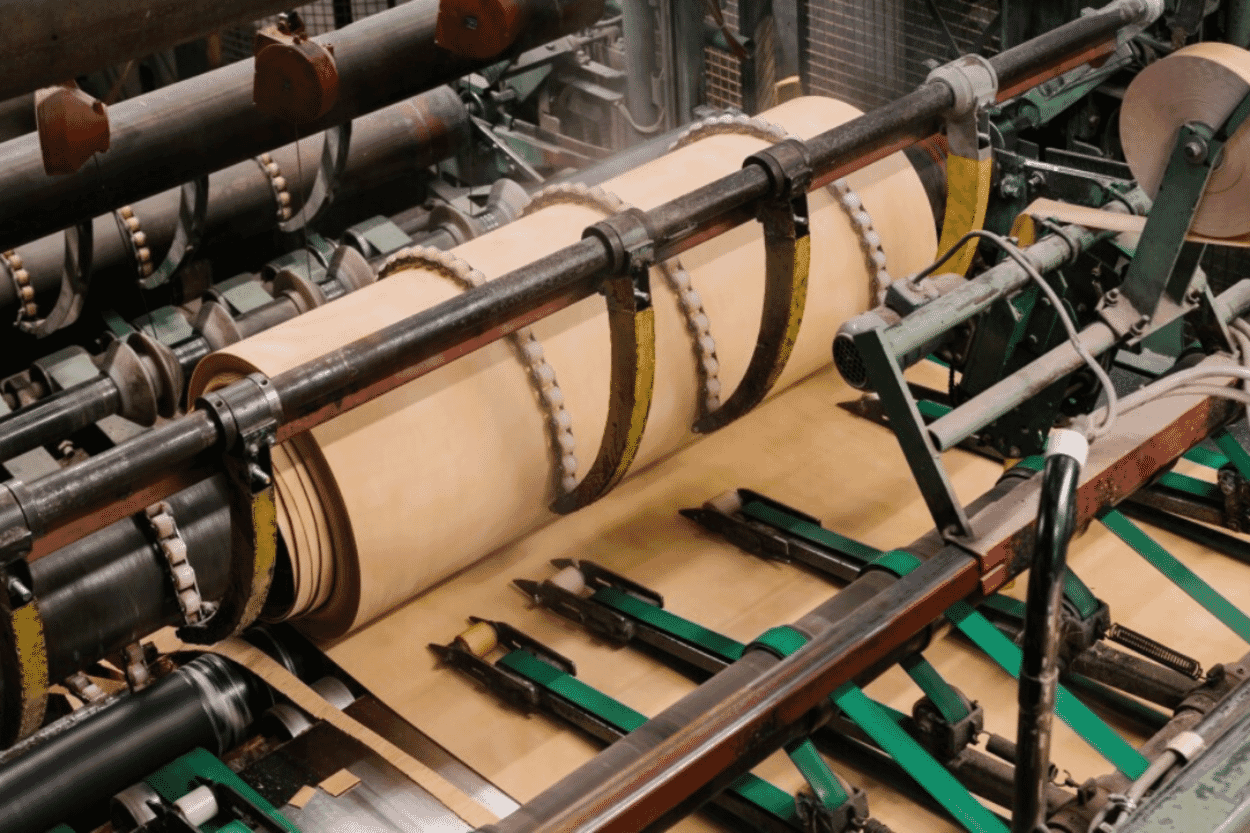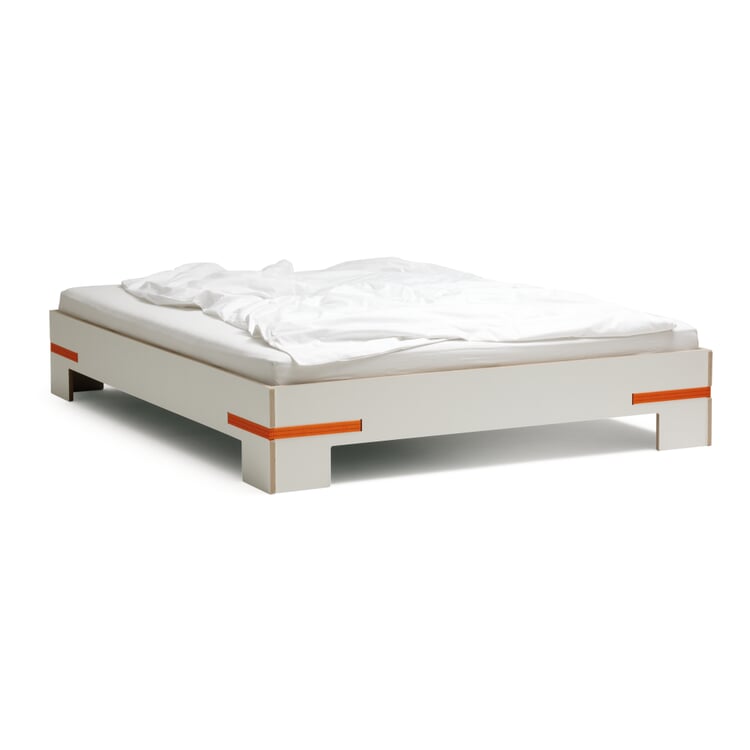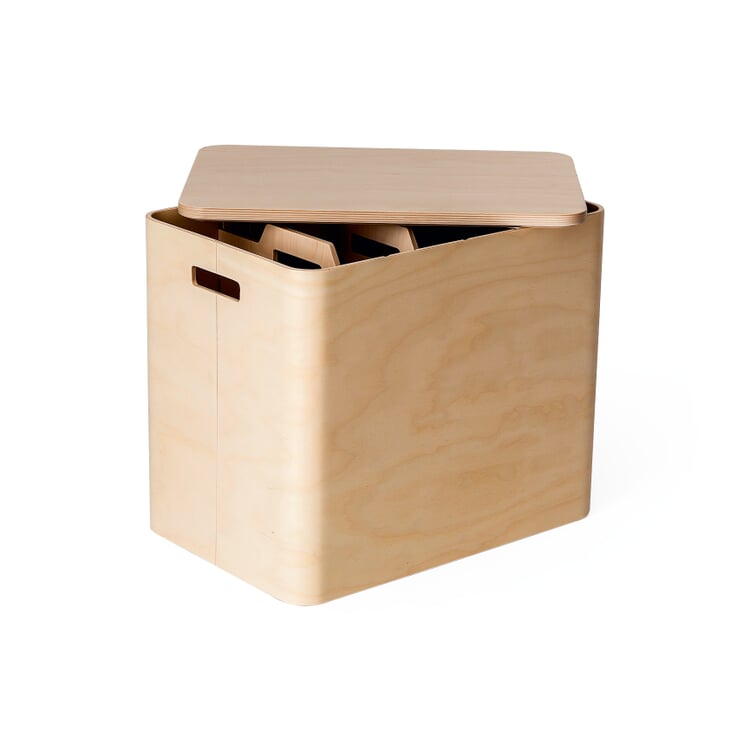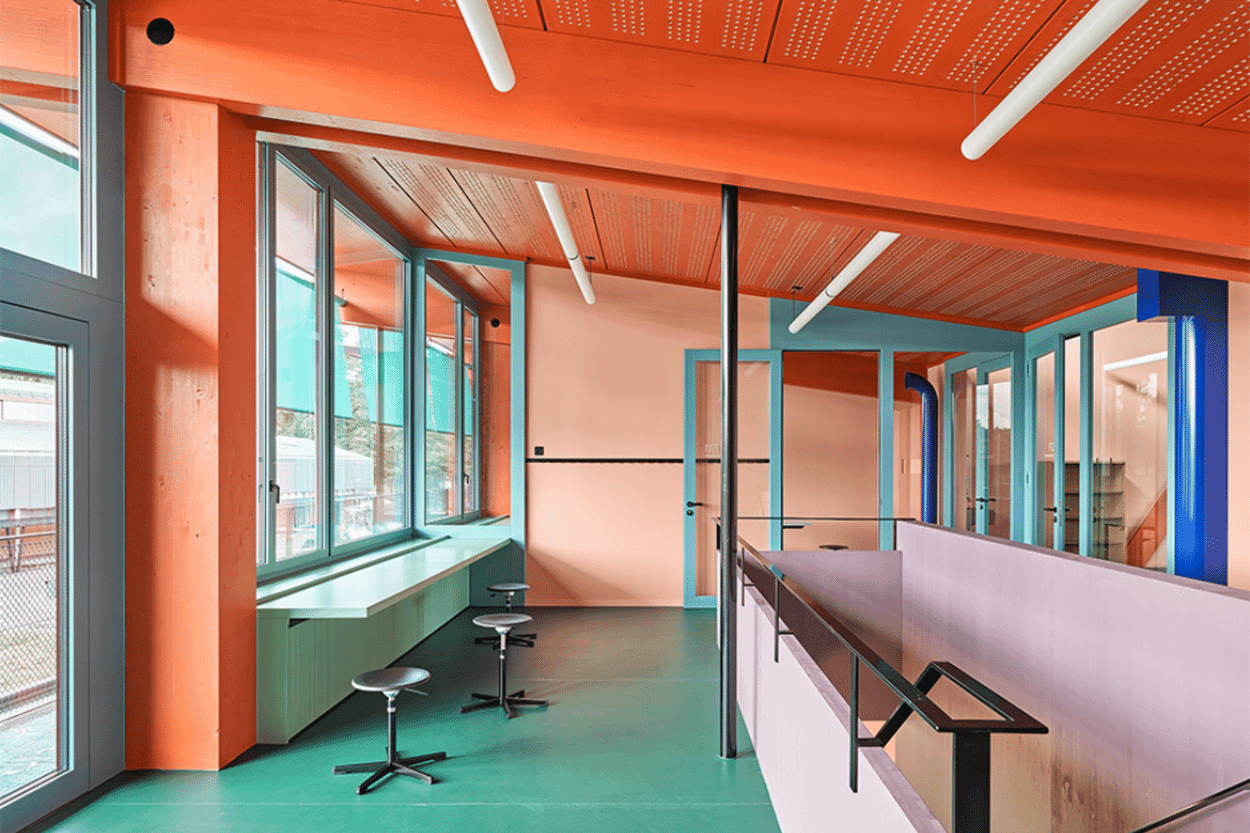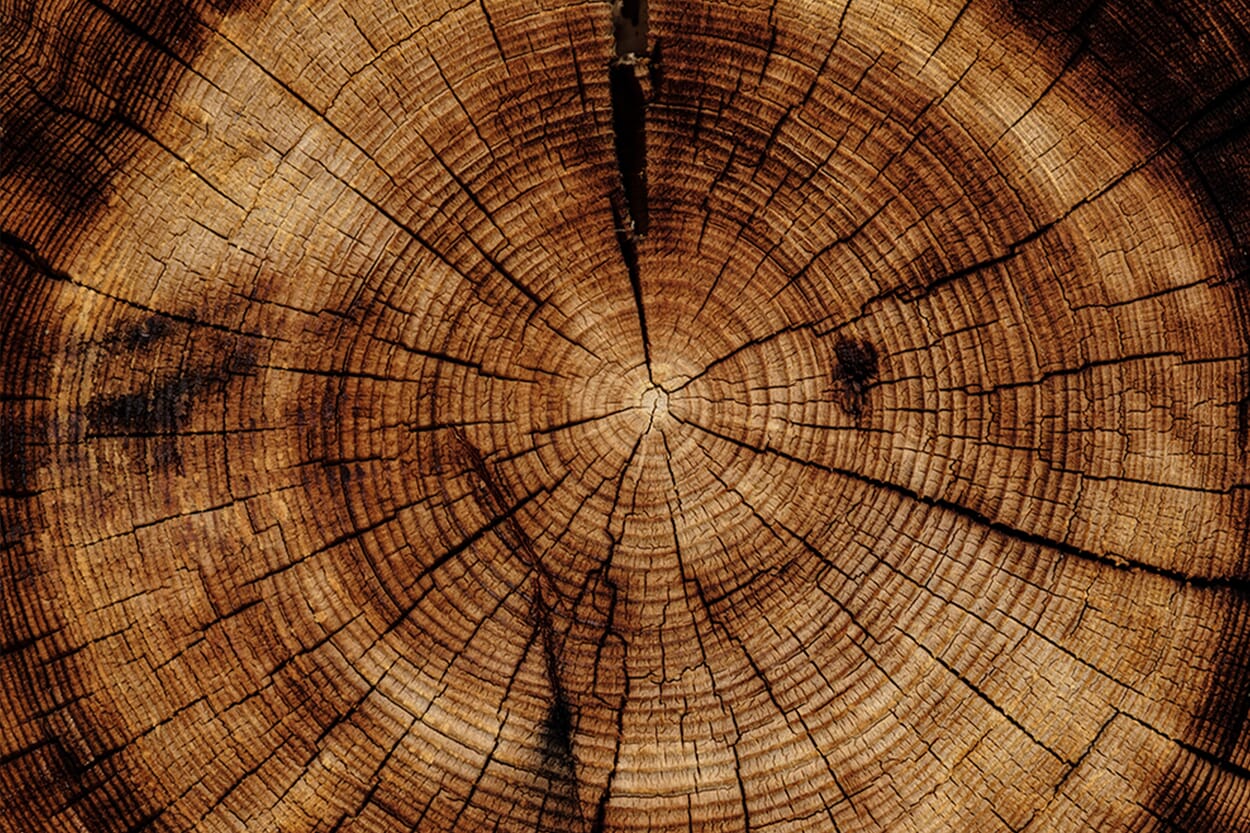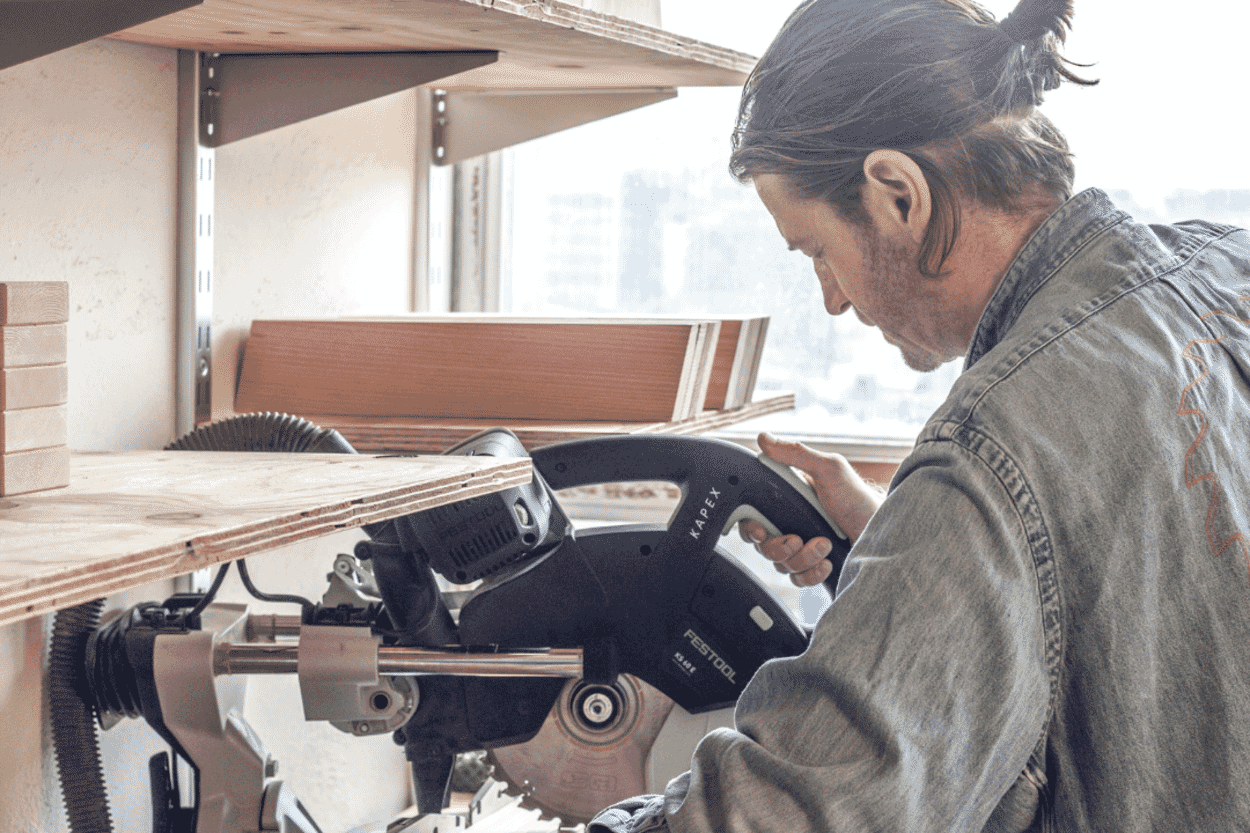Everything that grows back
Wood is wood? Not at all! In furniture construction, there is a whole range of materials based on this renewable raw material. Here we present five of the most common materials - from solid wood to multiplex. What we are particularly pleased about is that a lot of research is currently being carried out into wood-based materials and there is a real push in terms of resource conservation and environmental compatibility.
Text: Jasmin Jouhar
MASSIVE WOOD
NOT FAR FROM THE TRUNK
Solid wood is closest to the tree: boards, strips or beams cut from the whole trunk are processed into solid, durable furniture. Everything is permitted on the surface, from finely sanded to raw, and knotholes and cracks are entirely desirable, depending on taste. However, there are no limits to sophistication, as Japanese craftsmanship in particular proves with its literally sophisticated wood joints. What we welcome: Recently, damaged wood with all its peculiarities has also been given a chance.
Feldmark Zwo table
The FELDMARK ZWO table made of untreated local spruce brings out the natural qualities of solid wood like no other MAGAZIN furniture.
BUGHOLZ
BENDING INSTEAD OF GLUING
Mankind has known for thousands of years that wood can be bent along the grain under the influence of pressure, heat and moisture. Perfected in the 19th century, the bentwood process involves boiling solid wooden sticks in steam and then bending them into a shape. After cooling, the wood retains its final shape. Bentwood furniture often consists of just a few parts and requires very little material and no glue or binding agents - making the process more relevant today than ever before.
Armchair B-9, Natural (colorless)
The elegantly simple B-9 armchair is one of the classics among bentwood furniture - even the architect Le Corbusier was a fan!
MULTIPLEX
LIGHTWEIGHT STRENGTH
Multiplex boards are the powerhouses among wood-based materials: Because at least five layers of birch or beech veneer are glued together, multiplex is particularly stable and resilient. In addition, the layers are cross-laminated, which means that the grain direction of the wood is rotated by 90 degrees. The boards are available with an untreated surface or coated; the phenolic resin-coated version is popular as a so-called screen printing board in furniture construction. A close relative is laminated wood, in which the veneer layers are glued together in the same grain direction.
Bed Strap bed, 160x200cm straps orange
Stable: The GURTBETT consists of 18 millimeter thick birch multiplex boards, which are held together with tension belts.
FORMWOOD
PRESSED IN SHELL
Cross-laminated veneers can be shaped under pressure and heat in a similar way to bentwood - in special presses and on an industrial scale. By the middle of the twentieth century, the technology was so advanced that the possibilities of molded wood really inspired designers. The organically curved seat shells of the 1950s and 60s have become classics of furniture history.
Container Ecosmol
ECOSMOL containers made of Finnish birch show that molded wood is not only ideal for shell chairs.
MDF
PANEL CONSTRUCTION
Medium-density fiberboard, or MDF for short, is a material innovation from the 1980s and consists of finely ground solid wood fibers and a synthetic binder. The highly compressed, homogeneous boards are stable, resilient and score points for surface stability. In its untreated form, MDF has a finely textured, wood-colored surface. As a bending and tension-resistant panel material, it is often used in furniture and interior design and can be milled and coated.
FNP shelving system, Natural
With the ingeniously reduced FNP shelving system, the bend- and tension-resistant MDF can really come into its own.
Pictures: Klaus-Peter Kappest; Phillip Thonet; Thomas Meyer/ OSTKREUZ; © becker-brakel.de; Dusan Kostic, Adobe Stock
More about wood
When it comes to materials in architecture, there is not just one truth. Zurich architect and university lecturer Elli Mosayebi and her firm Edelaar Mosayebi Inderbitzin Architekt*innen focus on the specific advantages of a building material in relation to the design idea.
Wood is the material of the moment, promising climate-friendly growth without regrets. But how did this commonplace material become the ultimate beacon of hope in such a short space of time? And what are the consequences when a slow-growing resource is suddenly in such high demand?
Designers and thinkers Enzo Mari and Victor Papanek were already interested in building furniture themselves and making the world a little better. Japanese architect Keiji Ashizawa has taken the idea a little further.

